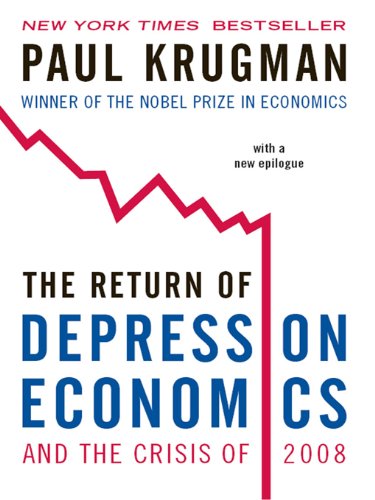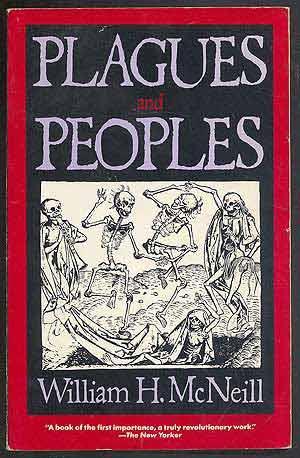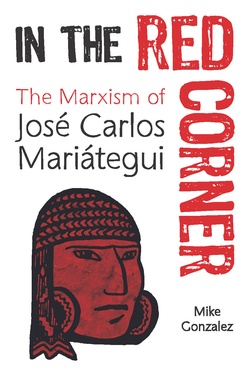Infection and Inequalities: the Modern Plague, Paul Farmer, University of California Press, 2001, pp. 375, ISBN: 9780520229136
In 2018, a total of 1.5 million people died of tuberculosis in the world, with a further 10 million who fell ill with the infection. Accounting for two-thirds of the total number of cases were India, the Philippines, Nigeria, Pakistan, Bangladesh, China and South Africa. Those infected develop a hacking cough, suffer night sweats and high fevers, and lose their appetite. Approximately 45% of HIV-negative persons infected with TB will die. To this day, TB remains one of the leading causes of death in the world. All of this even though TB is completely curable with the proper regimen of medications which have been in circulation since 1949 when Selman Waksman discovered streptomycin.
The fact that such a high number of people die due to the lack of access to quality healthcare is a tragedy of global proportions. In his book Infections and Inequalities, Paul Farmer, a doctor and a medical anthropologist, develops a biosocial framework of analysis that marshalls critical epidemiology, ethnography, anthropology and global political economy to analyze “emerging” infectious diseases and their impact on the poor. This model, according to him, has the “explanatory power to track rapidly changing clinical, even molecular, phenomena and link them to the large-scale social forces that shape the contours of disease emergence.”
Infectious diseases develop in a social field structured by power relations, which in turn define their visibility. Noting the ineffectiveness of the nation-state as the unit of analysis, Farmer outlines how wealth structures perceptions about diseases such as tuberculosis. Thus, even when the already high rates of tuberculosis began rising among the ethnic minorities in the US in the late ’80s, it occasioned little concern among the public health officials. In fact, as Farmer notes, the CDC described the conditions which saw a 6.8 percent increase in TB cases among African Americans and 12.7 percent among Hispanics as “excess cases.” So while the disease appeared to have declined in national statistics, it, in fact, thrived locally among the poor with clear racial, class and geographic identifiers. As Farmer notes, such statistics are largely socially constructed artifacts that follow the pattern of power and wealth distribution. They not only have the power to erase large sections of the society, but also to determine their health outcomes.
Modern epidemiology and public health studies tend to ignore the sociocultural field in which diseases emerge, and thus fail to acknowledge inequality as a significant risk and cause of infection. This delineation between biological and social thus leads to social interventions with negative biological consequences, as is often the case with third world economic interventions by transnational organizations such as the World Bank and the International Monetary Fund, which often curb social spending at the behest of public health.
Even when social systems are taken into consideration when discussing diseases, they are often fetishized. Therefore cultural difference becomes the explanatory variable for the spread of infections. In his discussion on the spread of AIDS in Haiti, Farmer notes the ridiculous claims made by professional organizations in the US which labelled Haitians as a risk group due to their “magic rituals [which] provide a means for transfer of blood and secretions from person to person.” While Haiti was blamed for the outbreak of AIDS in the US, Farmer shows that the infection was actually imported from the US to Haiti. Once it arrived in Haiti, it entered a network of social relations structured by poverty and inequality and thus spread like wildfire throughout the country. Farmer’s ethnographic work and thorough anthropological analysis offer examples of different ways AIDS spread once introduced in Haiti and the intricate economic relations between Haiti and the US, and city and rural areas that underlined them. The geography of blame introduced the accusation paradigm that stigmatized the victims.
Medicine and epidemiology tend to exaggerate patient agency and place overwhelming focus on the individual and their actions, which are often seen as unconstrained. In a telling example of the shortsightedness of this approach, Farmer outlines a case of a patient who suffered from a TB infection in Haiti. When the patient went to the doctor in the city, the doctor told him to get plenty of rest, eat a protein-rich diet and take a course of medications; in a word, all the things that were unavailable to him. He is therefore critical of facile claims of causality, often made by the wealthy and powerful, and highlights the effects of large scale social forces on the individual in a highly interconnected population.
Paul Farmer’s Infections and Inequalities offers a biosocial analytical framework of the emergence of infectious diseases that takes into account the role of highly structured global economy and wealth inequalities. It seems to be the only approach that takes into account the poor and the marginalized, and the role played by the global economic forces and inequalities in the continuation of their intense suffering.




